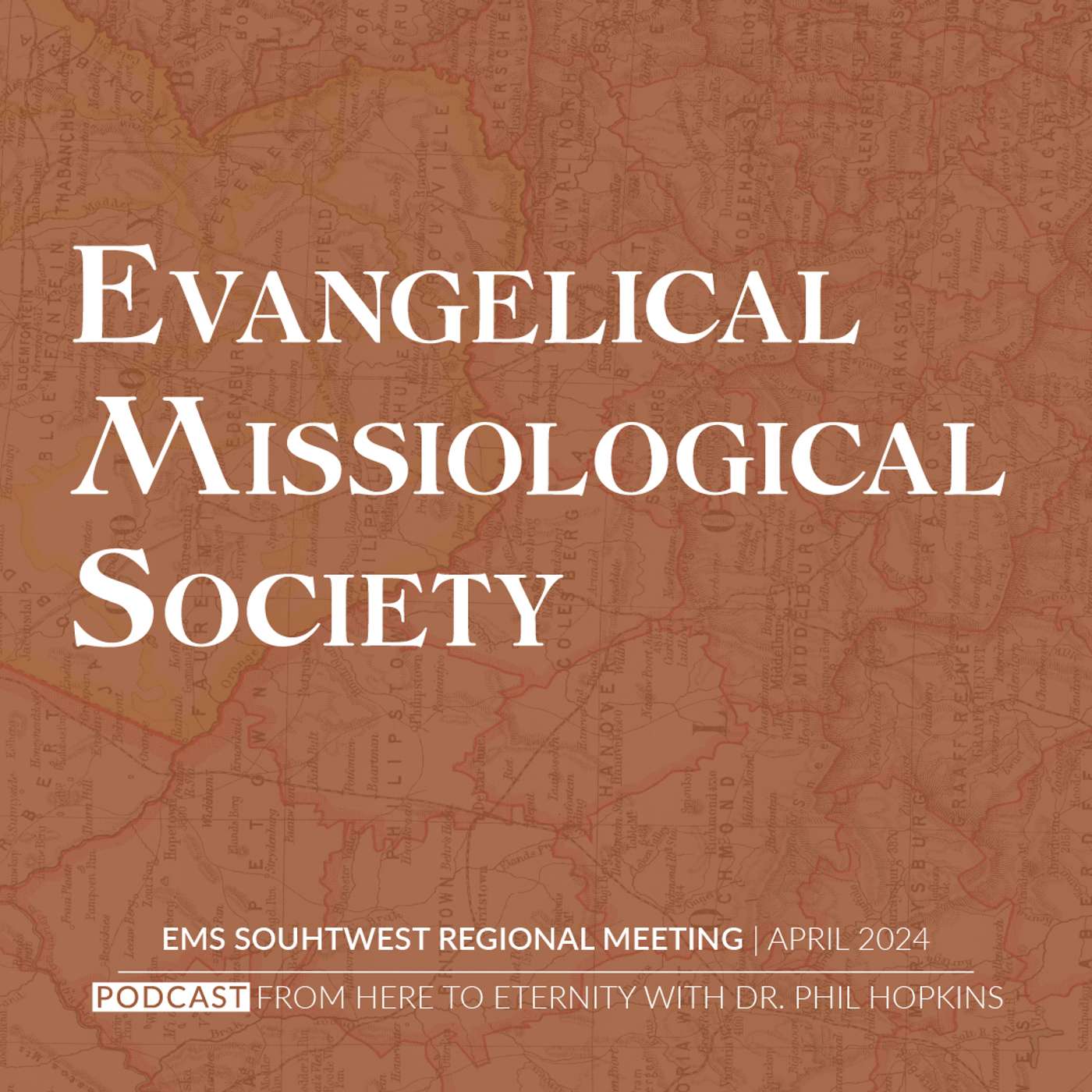A recent study by Lifeway Research produced some helpful information about pastoral compensation in North America. Among other findings, the study showed pastors are being paid about the same as in 2018—with few increases in either salary or benefits. Since the Consumer Price Index has increased 17.6 percent over the past four years, the purchasing power of pastoral compensation has significantly declined.
The obvious need is for many churches to prioritize increasing pastoral compensation. But that is easier said than done. Churches are facing many financial demands—just like families and businesses—which make these decisions complicated. Choosing among competing needs is always difficult.
This raises another important question which the recent survey did not attempt to answer. How much should a pastor be paid? Here are two thoughts on answering that question.
First, pastors should be paid enough to eliminate financial concerns as a burden distracting them from ministry. When a pastor is concerned about how to buy groceries, get his car repaired, or educate his children—his job performance will suffer. A wise church pays their pastor well enough to live without these distractions. Every family has to live with some financial stressors but limiting these, as much as reasonably possible, is an investment in pastoral effectiveness and, ultimately, church health.
Second, pastors should be paid enough to live comfortably in their community (and that amount varies by community). Determining how much that requires might seem complicated, but helpful information is available. One effective method is comparing pastoral compensation to similar compensation offered in your local public school district. Almost all school districts base their compensation structures on plans developed by economists to assure they can attract and retain faculty and staff based on their local economy. They are competing with other communities for employees and they know what it takes to live in their community—housing, transportation, food, and other costs factored into the equation. They know what they have to pay to get the employees they need. While individual salaries are not disclosed, these compensation plans are public information and readily available.
These compensation plans can help establish the baseline—not the upper limit—on reasonable compensation needed to live in a particular community. One way to use this data would be to pay the pastor of a small church comparable to a classroom teacher. The pastor of a larger church, with staff to supervise, could be paid comparable to a principal. Pastoral salaries in very large churches would be more comparable to a superintendent or other district administrator. When using this data, be sure to include the total compensation—not just the salary—in developing a comprehensive support package for your pastor.
In most communities, there is no comparable salary study for local ministers. But almost every community has this kind of compensation plan, based on a reasonable economic analysis, of what it takes to attract and retain education-industry employees. Many of these employees have the same education level as pastors and share a sense of calling to a helping profession. They are also often in the same age bracket with similar economic challenges. While there is no perfect public benchmark for pastoral salaries, one good standard is the local education system.
Keep in mind, this is just one benchmark based on your local economy. Other factors like a pastor’s age, experience, education, church size, church health, and financial demands must also be considered. Reasonable, annual, detailed consideration of these issues must replace “that’s what we paid the last pastor,” “that’s what seems fair to me,” or “that’s more than I make” as the answers to the question of how much to pay your pastor. Base this decision, as you want your employer to do, at least in part on pertinent data for living in your community.
Ecclesiology and Evangelical Missionaries by Dr. Richard Cook
Evangelical Missiological Society, “EMS Southwest Regional Meeting”, April 4th 2024
Richard Cook, Logos Evangelical Seminary
Ecclesiology and Evangelical Missionaries: 1900 to the Present (Part 2)
To u

Jonathan Edwards and Reformed Arminianism with Matthew Pinson
J. Matthew Pinson earned his a doctorate from Vanderbilt University and currently serves as president of Welch College in Gallatin, Tennessee. He joins our podcast this week to talk about his book, Jonathan Edwards: A Reformed Arminian Engagement.
<


